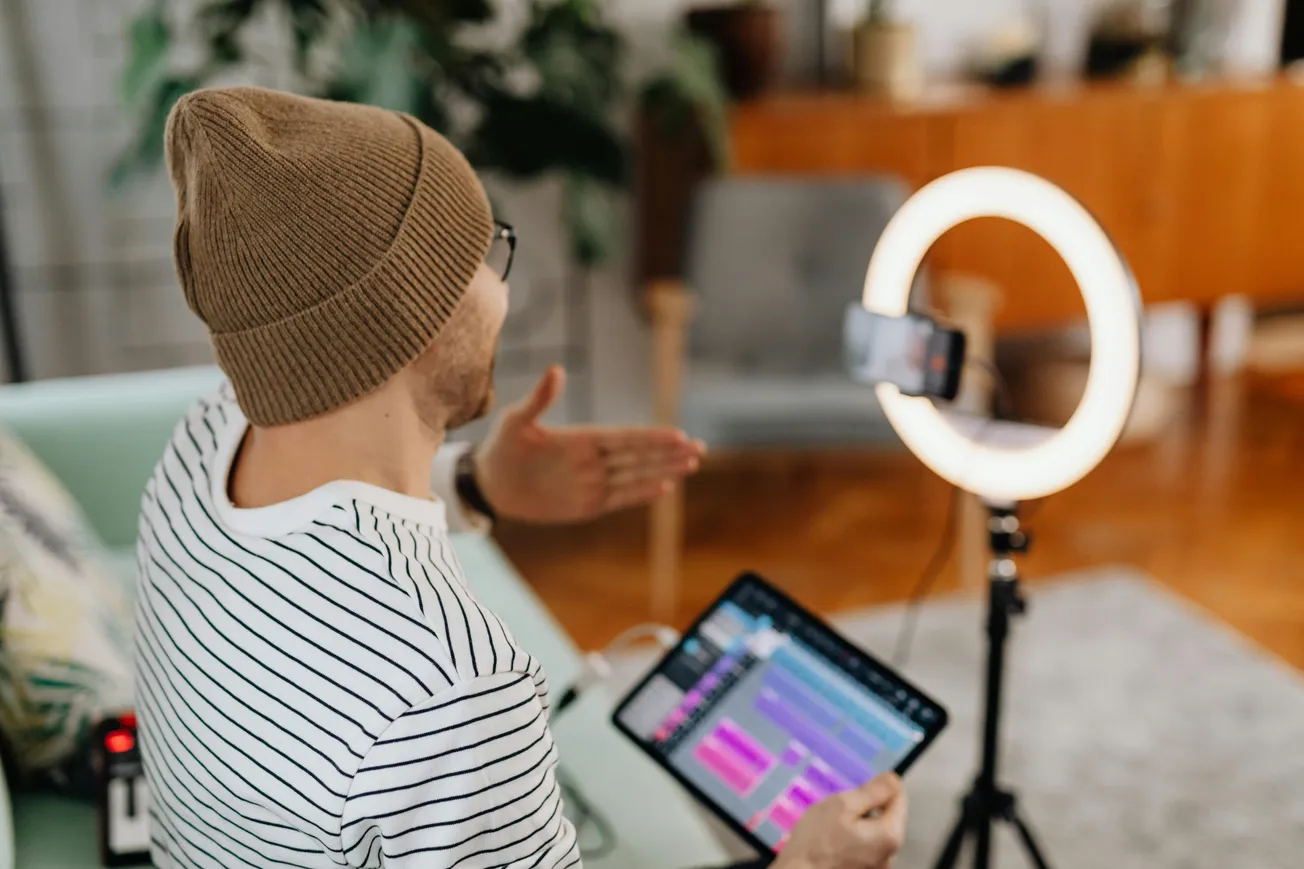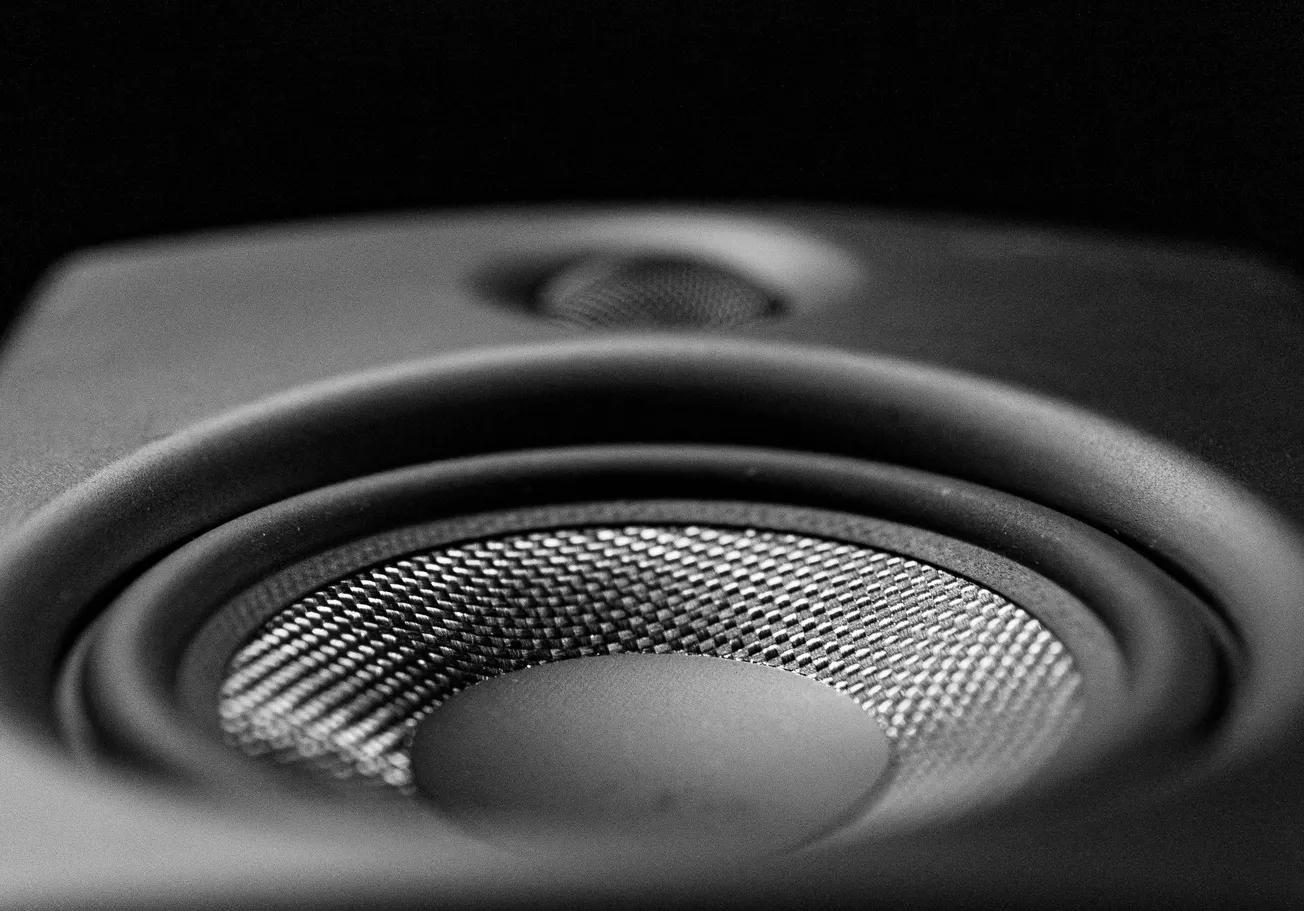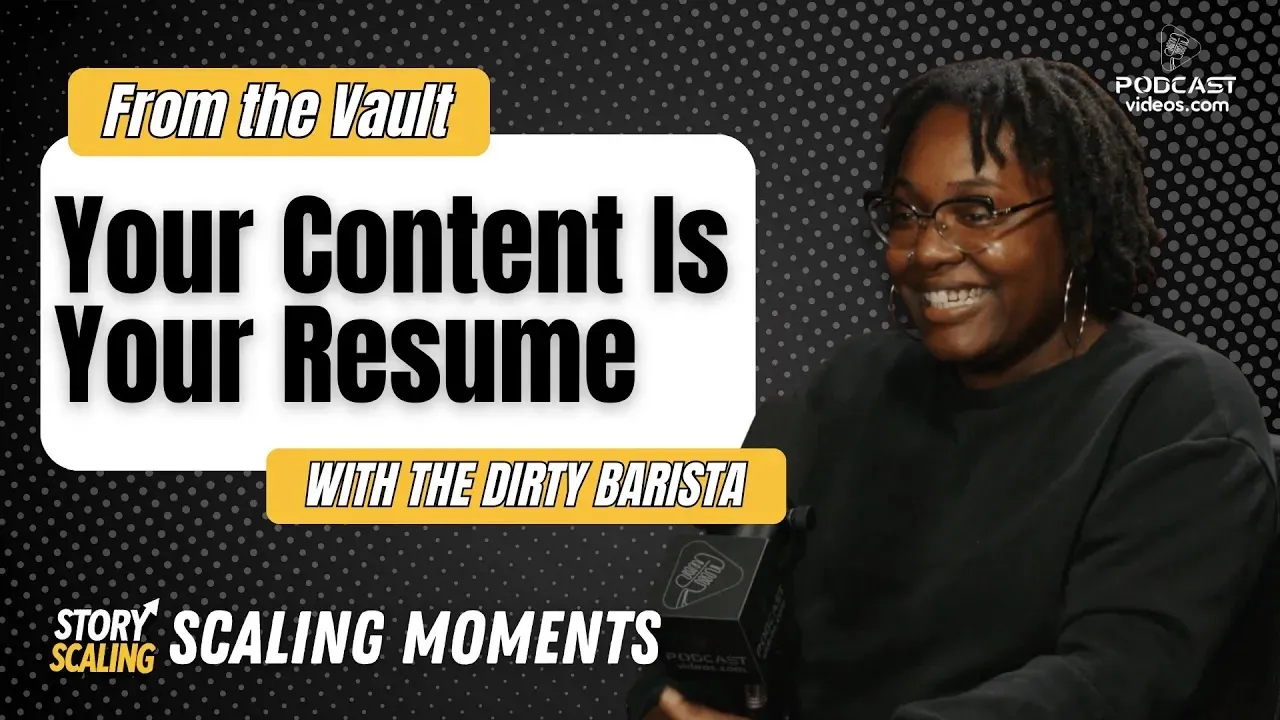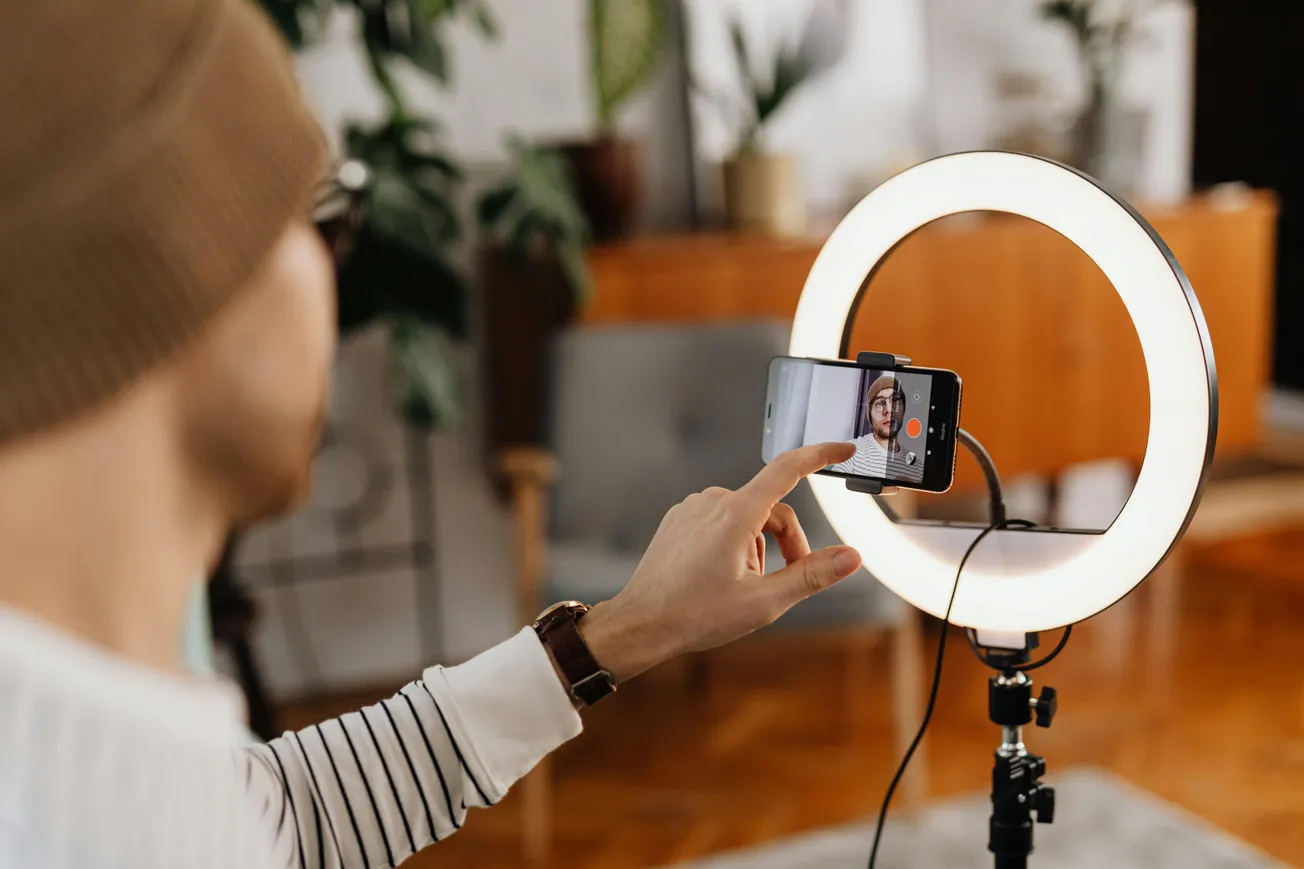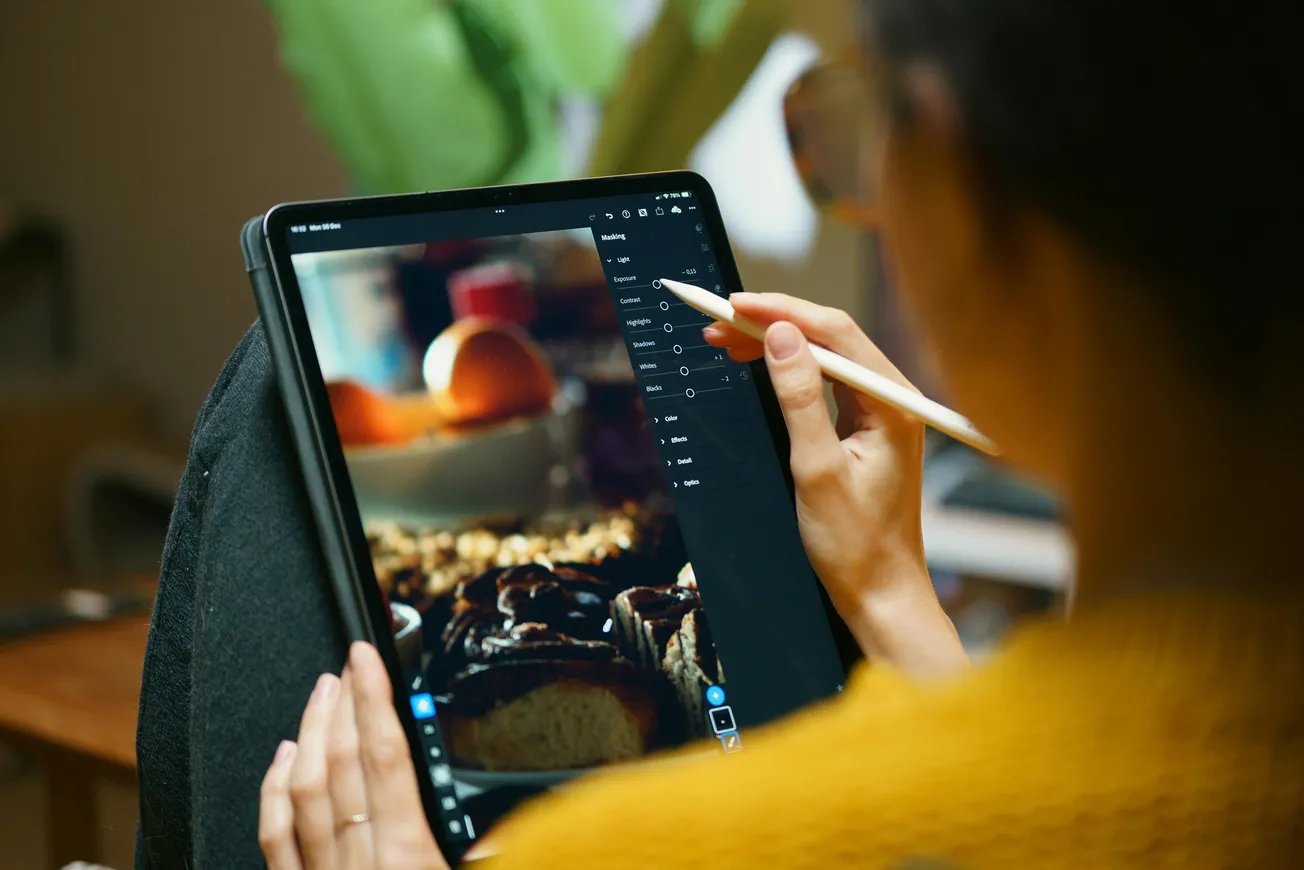In the era of YouTube, Instagram, and TikTok, keeping your podcast audio‑only is leaving reach and engagement on the table. Video versions of podcasts are gaining traction, and creators who expand into video are seeing higher visibility and more opportunities. For business owners, educators, and creators using PodcastVideos.com‑style workflows, adding video makes your effort go further.
1. Why You Should Add Video to a Podcast
Video opens up entirely new distribution channels — YouTube is the second biggest search engine, and many listeners prefer watching over just listening. According to recent reports, 42 % of weekly podcast consumers now watch the video version of a show.
In addition, tools make this easier than ever: you can upload your audio and apply visuals, waveforms, captions and more.
For businesses and creators, that means: more views, higher discoverability, and the ability to reuse content across platforms.
2. Step‑by‑Step Workflow: Record, Edit & Publish Video Versions
Here’s a streamlined workflow to convert your podcast into a polished video episode:
Recording Setup
- If you’re recording live with video, set up a camera (or a high‑quality smartphone) and use your same podcast mic for consistent audio. As one guide notes: “record with your podcasting mics not the ones from the camera, as the sound quality won’t be as good”.
- If you already have an audio podcast, plan where visuals will go (guest camera‑frame, host camera‑frame, slides, cut‑aways) or build a version with static imagery + audio.
Editing & Visuals
- Upload your audio into a video editing tool or an audio‑to‑video platform. Add branded visuals, waveforms, and captions. For example, tools like Descript, Veed.io and Adobe Podcast Studio support this.
- Choose the format(s) you’ll publish: full‑length YouTube episode, short clips for social, teaser reels.
- Add captions/transcripts: Videos with captions improve accessibility and retain viewer attention. Many tools auto‑generate them.
Publishing & Distribution
- Upload the full video episode to YouTube (and consider other platforms like LinkedIn or Vimeo depending on your audience).
- Publish short highlight clips to Instagram, TikTok, or YouTube Shorts. Use auto‑clip AI tools if time is tight.
- Link back to your audio podcast version. Offer the same content in audio-only for listeners on the go.
- Monitor performance: track video‑views, retention, click‑through to audio, and engagement metrics to iterate.
3. Best Practices & Tips to Stand Out
- Keep your branding consistent: same intro/outro, same topics, consistent visuals so your audience recognises your show.
- Use good lighting, clear audio and clean visuals if filming live — in the video era, production quality matters.
- Make the first 30–60 seconds count. Video watchers will drop off faster than audio listeners.
- Think mobile first: Many viewers will watch on phones, so ensure visuals, text and captions are legible.
- Consider batching episodes: Recording audio + video simultaneously, then editing both into separate versions saves production time.
- Don’t abandon the audio version: Video is extra reach, not a replacement unless you’re ready for full video‑first format.
Final Takeaway
If your podcast now lives only in audio form, converting to video is a high‑return move: it enhances discoverability, opens new platforms, and creates more opportunities to engage with audiences.
By following a robust workflow (record, edit visuals, publish full and clips) and using modern tools, you can make the transition without huge effort.
And if your business or brand aims to scale content, combining audio and video versions of each episode multiplies your impact while keeping the root message the same.


